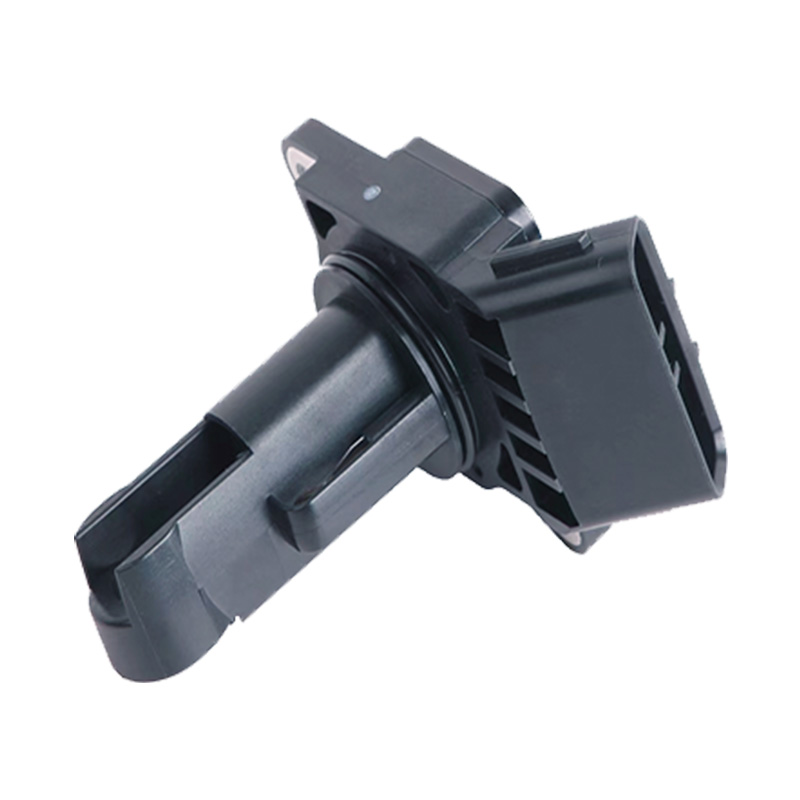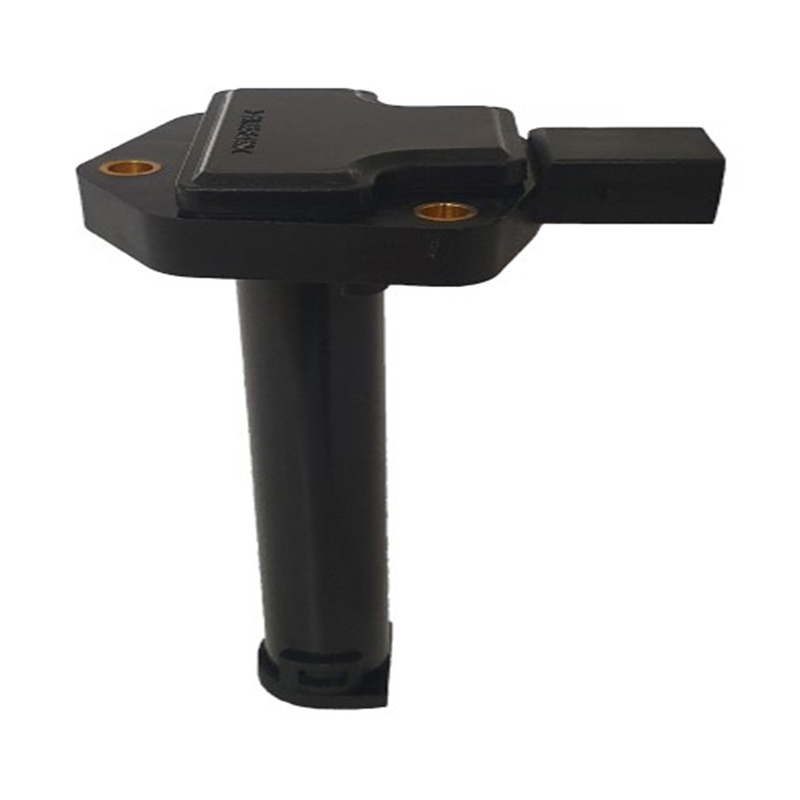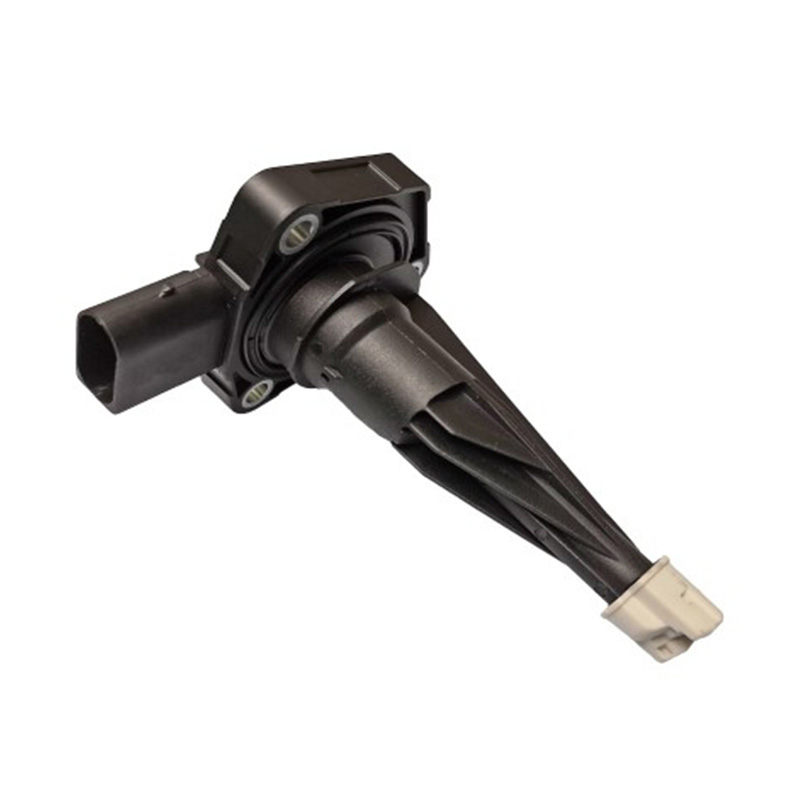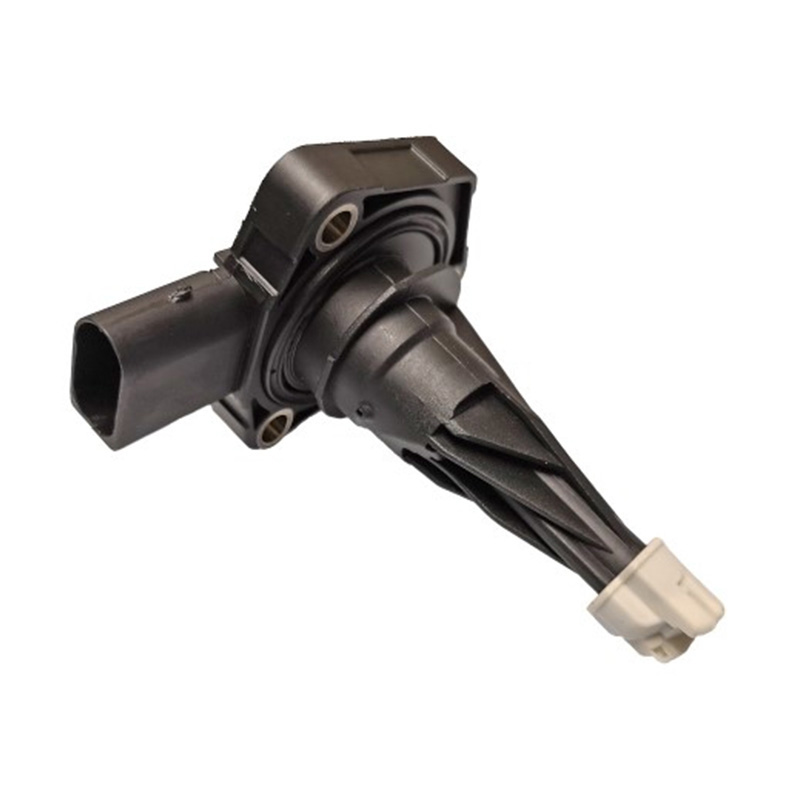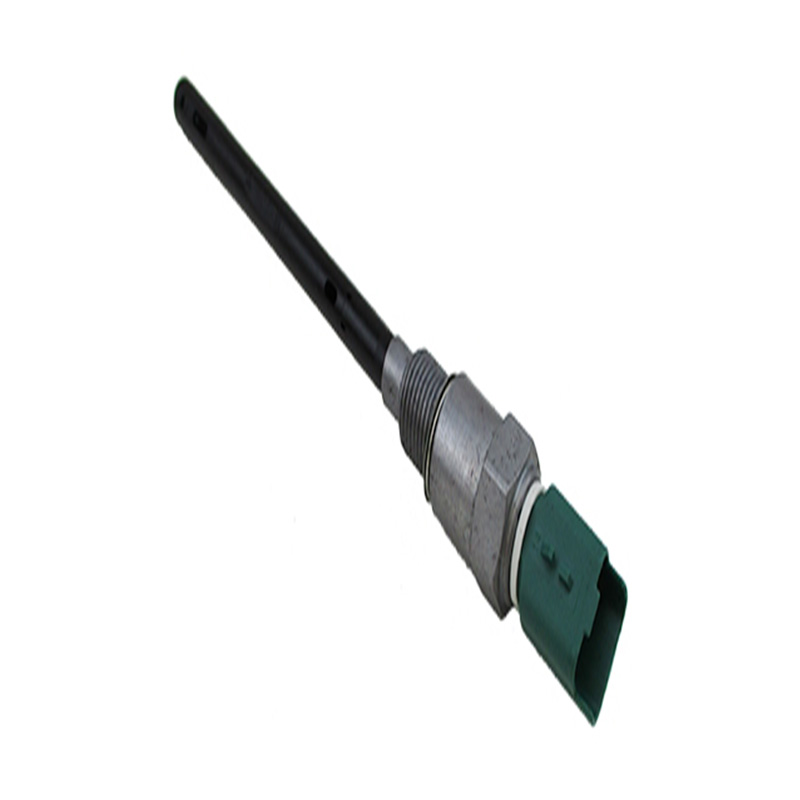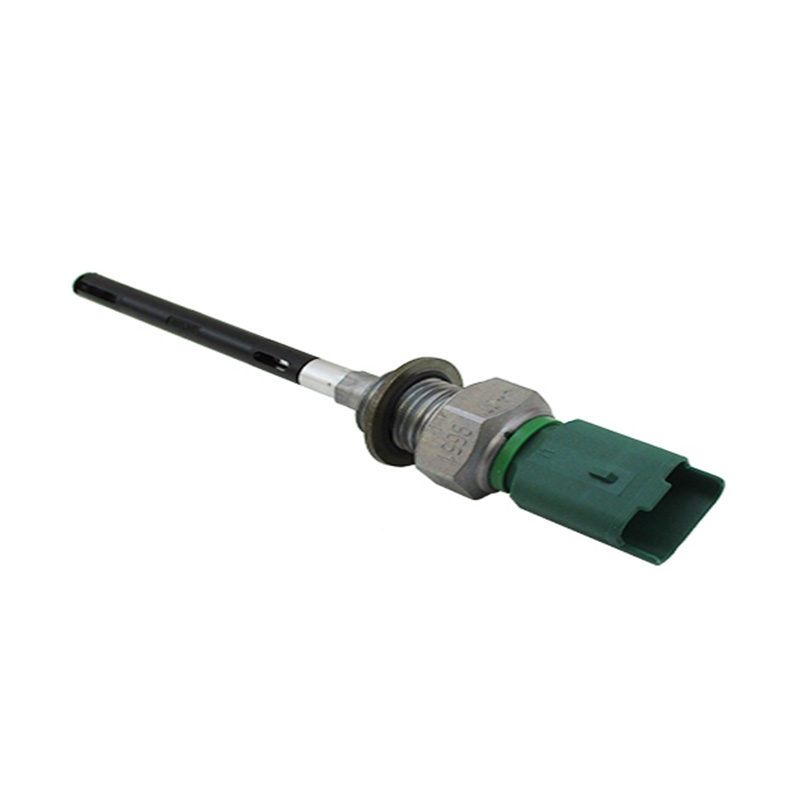OEM.NO: DMA-0100 2505042 197400-2050 197400-2060 197400-607...
See DetailsThe Working Principle and Applications of Hot Film Air Mass Sensors
In the field of fluid dynamics and industrial process control, accurate measurement of air flow is paramount for ensuring efficiency and safety. Hot film air mass meters, hot film air flow sensors, and hot film air mass sensors are sophisticated devices designed to measure the mass flow rate of air with high precision. These sensors are widely used in various applications, from automotive engines to HVAC systems and environmental monitoring.
Hot film anemometry is a technique that uses heated thin-film sensors to measure the velocity of a fluid flow. When applied to air, these sensors can be calibrated to measure mass flow rate, which is crucial for combustion control in engines and air quality management in various systems. The hot film air mass meter, hot film air flow sensor, and hot film air mass sensor are terms that often refer to the same or similar technologies, with slight variations in application or design.
Principle of Operation
The hot film air mass meter (HFAMM) operates by heating a thin-film sensor element to a specific temperature above the ambient air temperature. As the air flows over the sensor, it cools the element, and the amount of cooling is directly proportional to the mass flow rate of the air. The sensor then adjusts the heating element to maintain a constant temperature differential, and the power required to do so is measured. This measurement is directly related to the mass flow rate of the air.
Similarly, the hot film air flow sensor (HFAS) and hot film air mass sensor (HFAMS) work on the same principle, with the primary difference being the specific application and the range of flow rates they are designed to measure. All three types of sensors offer rapid response times and high accuracy, making them ideal for dynamic and precise air flow measurements.
Advantages
1. High Accuracy: Hot film sensors are known for their high accuracy in measuring air flow, which is essential for applications where precise control is required.
2. Fast Response: These sensors can respond quickly to changes in air flow, making them suitable for transient measurements.
3. Wide Range: Hot film sensors can measure a wide range of flow rates, from very low to very high velocities.
4. Reliability: They are robust and resistant to dirt and dust, which makes them reliable for long-term use in harsh environments.
5. Low Maintenance: Hot film sensors require minimal maintenance, reducing the overall cost of operation.
Applications
1. Automotive Industry: In vehicles, hot film air mass meters are used to measure the air entering the engine, ensuring the correct air-fuel mixture for efficient combustion and reduced emissions.
2. HVAC Systems: In heating, ventilation, and air conditioning systems, hot film air flow sensors are used to control the flow of air to maintain comfortable indoor environments.
3. Environmental Monitoring: Hot film air mass sensors are used to monitor air quality by measuring the flow of air in and out of controlled environments.
4. Aerospace: In aerospace applications, these sensors are critical for controlling the air flow in aircraft engines and cabin air systems.
5. Medical Applications: In medical equipment, such as ventilators, hot film sensors ensure the correct flow of air or oxygen to patients.
Maintenance and Troubleshooting
Proper maintenance of hot film air mass meters, hot film air flow sensors, and hot film air mass sensors is essential to ensure their continued performance. Regular cleaning of the sensor surface to remove dust and debris can prevent inaccurate readings. Additionally, checking the electrical connections and calibration of the sensor should be part of a routine maintenance schedule.
Hot film air mass meters, hot film air flow sensors, and hot film air mass sensors are versatile and accurate tools for measuring air flow in a variety of applications. Their high precision, fast response, and reliability make them indispensable in industries where the control of air flow is critical. Understanding the principles of operation, advantages, and applications of these sensors can help in selecting the right device for a specific application and ensuring its good performance.
